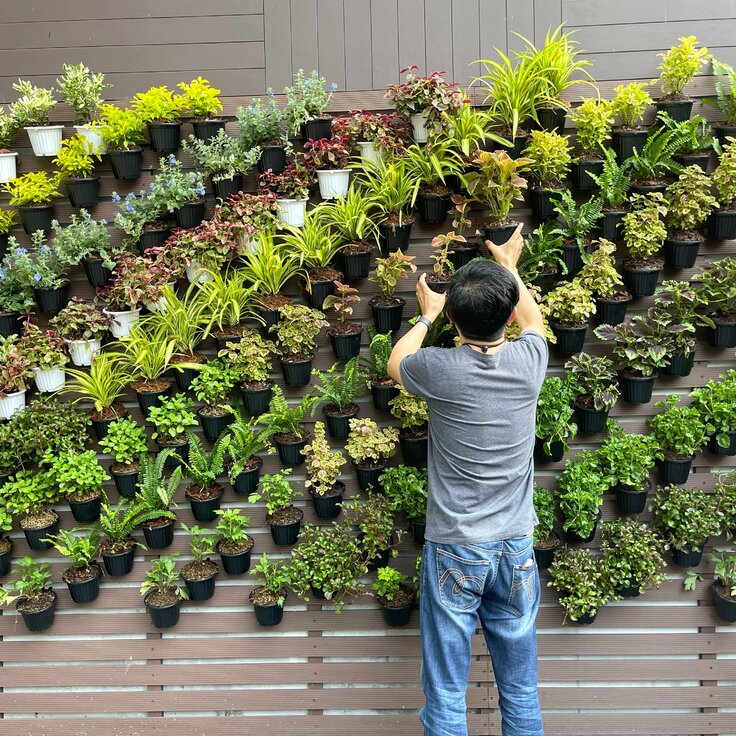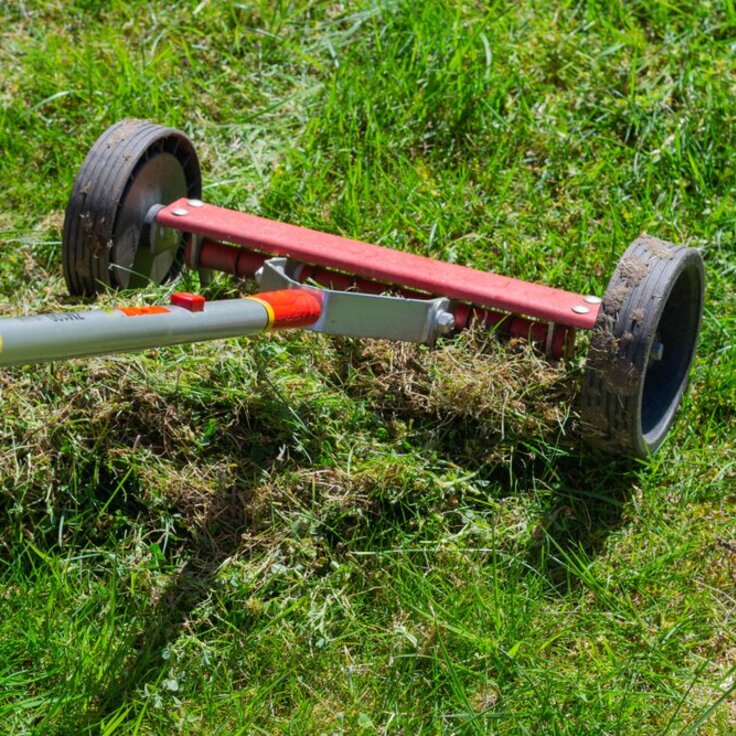Winter Tidings: A Guide to Pruning in February
As February unfolds, deciduous trees stand in a state of dormancy, making it an opportune time for pruning. With leaves shed and the tree's energy directed inward, removing dead or diseased branches promotes overall health. Pay attention to the tree's structure, thinning crowded areas to enhance air circulation. While major shaping is best left for late winter or early spring, minor adjustments now can contribute to a flourishing canopy come spring.
Hold Back on the Blooms: Pruning Spring-Flowering Shrubs
February whispers of impending spring, tempting gardeners to take shears to their spring-flowering shrubs. However, exercise restraint. Plants like lilacs and forsythias have already set their buds for the season. Pruning now would mean sacrificing those beautiful blossoms. Instead, wait until after the blooms have faded to shape and tidy up these shrubs. Patience in pruning pays off in a vibrant display of nature's craftsmanship.
Evergreens' Winter Mantle: Tread Lightly on Conifers
Evergreens, clad in their winter greenery, should be approached with caution during February. While light pruning to shape and remove dead growth is acceptable, heavy pruning is best postponed. These stoic sentinels are actively photosynthesizing even in winter, and a severe cut may disrupt their delicate balance. Save major pruning for spring when new growth is on the horizon, and the evergreens are better equipped to recover.
Fruitful Futures: Pruning Fruit Trees
Fruit trees, having shed their leaves in preparation for the cold, beckon for attention in February. Remove any branches that appear damaged or diseased, creating a clean slate for the upcoming growing season. Additionally, thinning the canopy by selectively pruning crowded branches encourages sunlight penetration and better fruit production. Approach fruit tree pruning strategically, considering the tree's shape and maximizing its potential for a bountiful harvest.
Cautious Approach: What Not to Prune
While February encourages pruning, it's crucial to exercise restraint in certain cases. Avoid pruning plants that bloom on current season's growth, such as hydrangeas, as trimming now may sacrifice this year's blossoms. Similarly, steer clear of pruning newly planted trees and shrubs; they benefit from establishing their root systems undisturbed. By embracing a cautious approach, gardeners can ensure that their pruning efforts contribute to a flourishing garden come spring.








